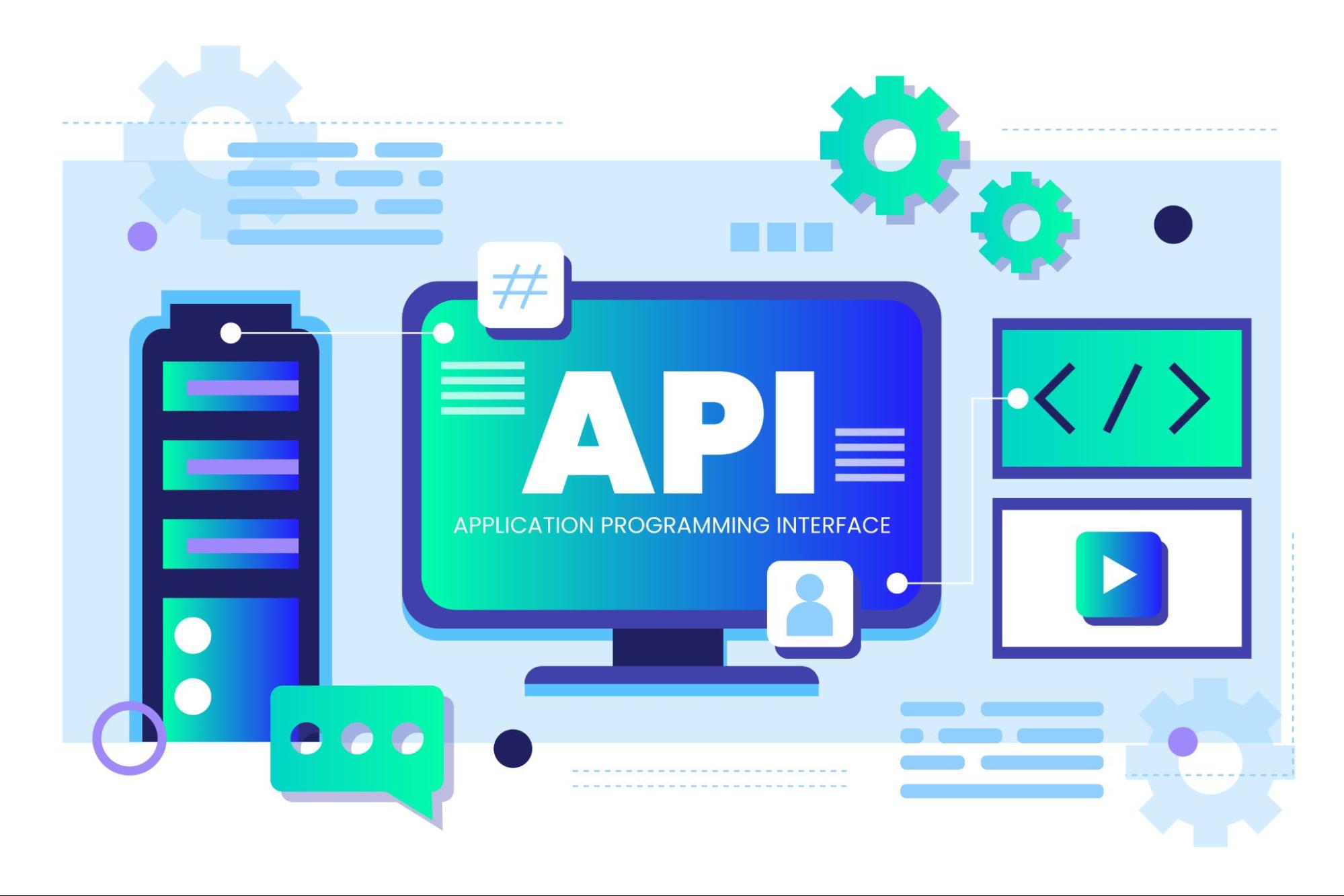REST vs. SOAP APIs: Key Differences, Benefits, and Drawbacks
Explore SOAP vs. REST APIs, including their advantages and disadvantages. Learn which approach suits your application's needs and discover tools for API testing.
Start Free Trial
Explore SOAP vs. REST APIs, including their advantages and disadvantages. Learn which approach suits your application's needs and discover tools for API testing.
Start Free Trial
SOAP and REST have remained essential in the fast-changing world of software engineering. These technologies are crucial for API development. However, what distinguishes REST from SOAP, and which use cases work best with each? We will examine the salient characteristics, benefits, and drawbacks of each strategy in this article. Read on to understand more about SOAP vs REST.
RESTful applications are great for CRUD tasks. Content management systems (CMSs) use HTTP methods POST, GET, PUT, and DELETE to manage entities. Because REST can cache replies, it is a good choice for applications that get a lot of queries often. Additionally, REST's popularity ensures a broader range of developers are familiar with its design for public APIs.
On the other hand, SOAP's inherent security features could be advantageous for systems with strict API security needs. Strongly typed contracts and WS-Security enable SOAP, which makes it a superior option for sending sensitive data like financial or medical records. Now that you know about it, read on to learn more about REST APIs.

Designing web services that are both maintainable and scalable may be challenging; this is where REST comes in. The architectural style known as REST provides guidelines, best practices, and standards for building networked applications.
RESTful APIs have the following features -
REST offers a straightforward approach to client-server communication with several benefits:
Despite its popularity, REST has some drawbacks:
While REST is a popular approach, it's important to consider alternatives like SOAP.

SOAP (Simple Object Access Protocol) utilizes XML to connect computers over the Internet. SOAP employs WSDL contracts to specify API capabilities and has a rigorous structure.
SOAP offers benefits that REST does not:
SOAP also has its disadvantages...
Because REST and SOAP both have advantages and disadvantages of their own, they are best suited for distinct use situations. Knowing the benefits and drawbacks of each strategy can help you decide which one to use based on your application's goals.
For example, technologies like Optimizory's vREST might be quite helpful if your project requires API testing. With vREST, testing REST APIs is made easier while still guaranteeing the stability and dependability of your services.
In conclusion, choosing between REST and SOAP depends on your specific needs. By carefully considering your application's goals, you can select the approach that best delivers a superior end-user experience.

Record, Specify, Test and Mock your RESTful and Other Web APIs.